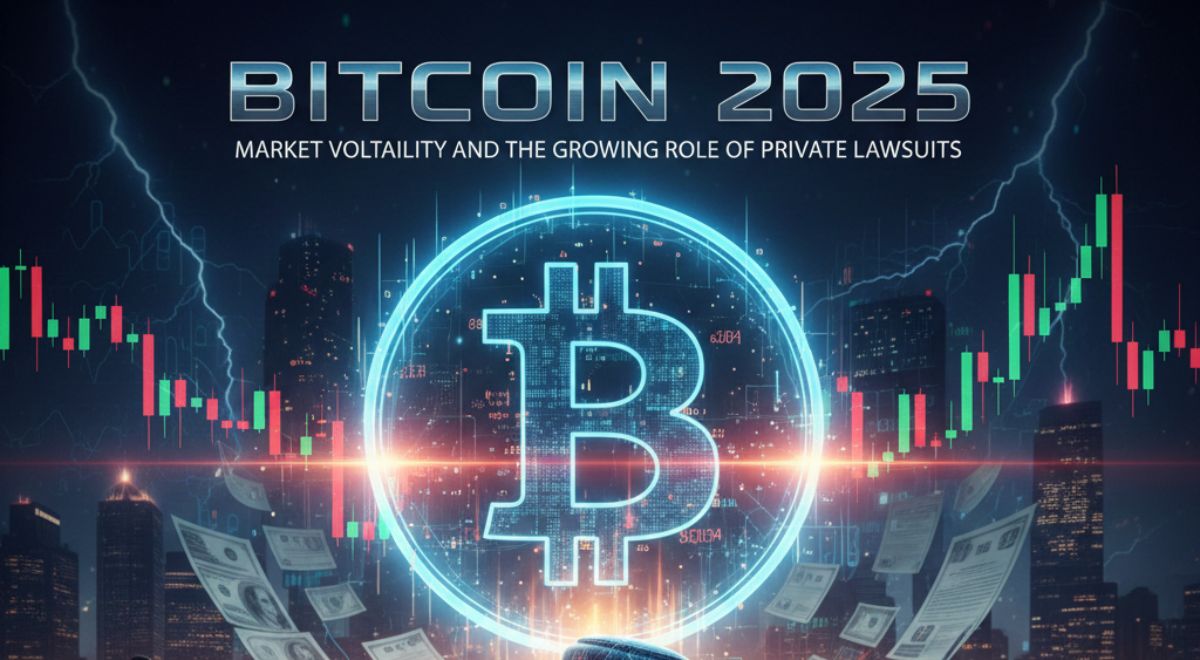Many inventions have flooded the market as investment options in the last decade. In 2009, it was Bitcoin. In the last three years, NFTs have seemed to capture the attention of potential investors. While the reason behind this new attention is the investment potential of NFT assets, it is also tied to the huge prices that many NFT works are being sold for. Last year, creatives sold Beeple’s EveryDays artwork for a whopping $69 million! Thus, in this article, we will discuss NFTs and the factors that determine their prices.
Table of Contents
ToggleWhat are NFTs?
Put simply, NFTs (Non-Fungible Tokens) are digital assets that represent real-life objects. They are referred to as “non-fungible” assets because they cannot be exchanged. This means that every NFT is unique. Hence, you cannot exchange a specific NFT for another NFT, given that they are not the same. This is unlike cryptocurrencies like Bitcoin, which can be easily exchanged for another cryptocurrency. NFTs represent objects like music and artwork. Much recently, ticket and fashion NFTs have gained attention. Currently, the NFT market is valued at 17 billion dollars. This value has continued to increase.
What Determines the Value of NFTs?
Many factors determine the value of NFTs. This is because the price of an NFT rarely remains constant. From the creation of an NFT, its price could increase depending on certain factors. This is why NFT creators can gain a commission on every sale of the NFT. The following are some of the factors that determine an NFT’s value:
Rarity:
Just as it applies with every other investment option, the value of an NFT increases when the NFT is rare. Rarity, in this case, may mean that only a limited number of the exact NFT has been minted or that it is a representation of a rare object. For example, if the NFT of a rare artwork were minted, the NFT would most probably be rare. Also, the rarity of an NFT can be checked on many NFT marketplaces. For example, on OpenSea, you can view the rarity ranking of an NFT before buying.
Social Value:
Many times, the price of an NFT is determined by its creator. In this case, the popularity of the creator drives the perceived value of the NFT. For example, Twitter’s former CEO, Jack Dorsey, sold his first tweet as an NFT. The NFT’s value was pegged at over $2 million.
Utility of the NFT:
Asides from the popularity drive, potential investors are driven by the use-case of an NFT. As earlier stated, NFTs are used across industries like gaming, fashion, and even music. Thus, when an NFT supports a viable project, investors are likely to buy into it. This increases its value.
Speculation:
Cryptocurrencies and NFTs are driven by speculation. Speculation simply means investing in an asset while hoping that the asset’s value will increase. Thus, many investors may decide to buy into an NFT, and its value would increase. For example, the value of CryptoKitties, one of the first-ever NFTs, increased from 9ETH to 253ETH in 2013. This increase was largely due to speculation.
Conclusion
NFTs are a relatively recent innovation. Thus, the factors that drive their value will continue to change. Therefore, as a current or potential investor, you must continue to do your research and be up to date on NFT trends in 2024. This way, you would be able to make a significant profit on your investment.











